Tibetan Wolf
A sub-species of the grey wolf, the Tibetan Wolf (also known as the Woolly Wolf) is a native of Central Asia. They are found from Turkestan, Northern China, Tibet, Mongolia, the Western Himalayas, and Korea. In Tibet, the Tibetan Wolf is known as a Changu but in the Niti pass from Kumaon this animal is known as a Chankodi.
Some Scientists believe that the Tibetan Wolf is an ancestor of domesticated dogs. This is because it is small, and has similar features such as the uppermost part of the lower jaw is turned back on both domestic dogs and the Tibetan Wolf. This is a unique feature, as other grey wolf species do not have this.
The color of the Tibetan Wolf’s fur varies depending on the season. In the winter, its back and tail are black and white, usually with a black back and a white undersaddle. Sometimes a dark stripe may be on their forelegs. Their ears are drey in color, and their crown and muzzle have black specks. It looks similar to a Eurasian Wolf, except that is shorter, weighs about 45 kilograms, and has short, pale hair on the ears, flanks, and the outer legs. It also has a longer nose and slender skull compared to the Eurasian Wolf. Compared to the Indian Wolf, it is larger but does not have a black tip. It is also more passive than the Black Wolf.
Tibetan Wolves do not form large packs as they usually travel in pairs or triples. They usually eat hares throughout the year. During the summer they eat marmots, and in the winter they eat goa and sheep as the snow impedes these animals abilities. They do try catching bharal, but usually do not succeed as the bharal live on rougher grounds.
It is a predatory creature that has been reported to reduce Tibetan leopard populations. It also threatens livestock in Tibet as a study showed that the wold was the most prominent predator of livestock, accounting for a whopping 60% of livestock losses. They usually kill goats, sheep, yak, and horses. At times, humans have been killed in Ladakh and Lahoul. However during the Japanese occupation of Korea in 1928, wolves are said to have killed more humans than tigers, bears, leopards, and boars combined.
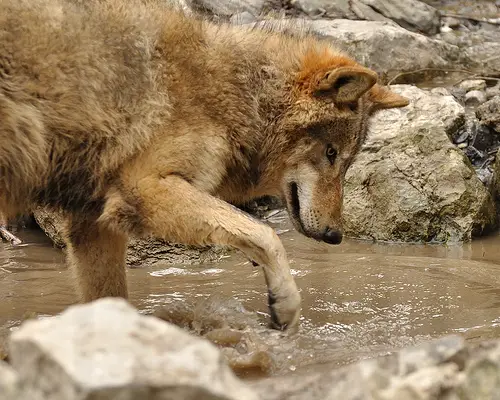
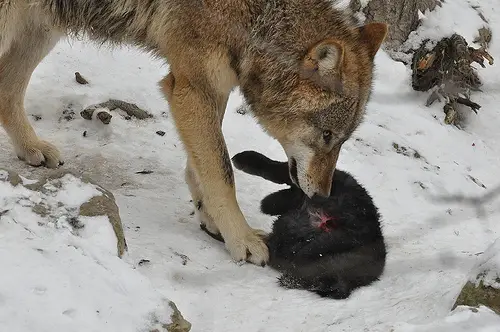
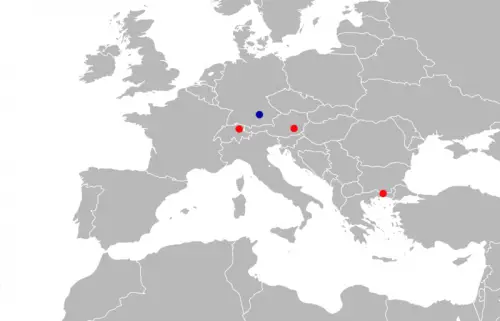
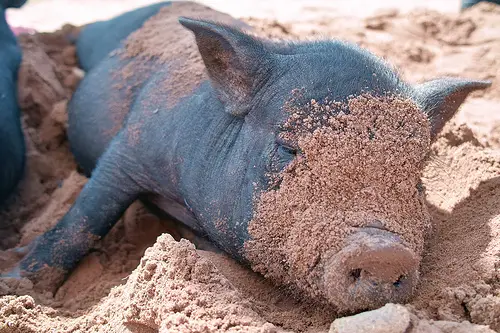
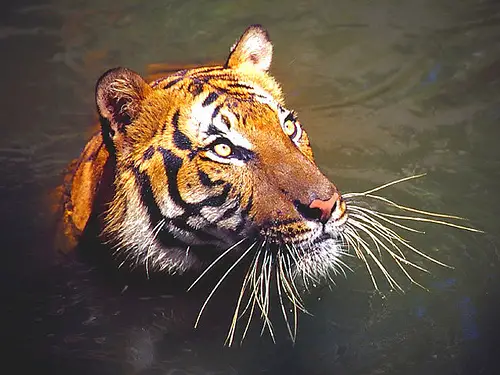
I feel that we shouldn’t save just this wolf, but all wolves in general. ALL wolves are misunderstood, and they are being hunted because of it. Also people want to gas the wolves. They also want to steralize this animal so they cannot produce offspring. WE need to save this animal.